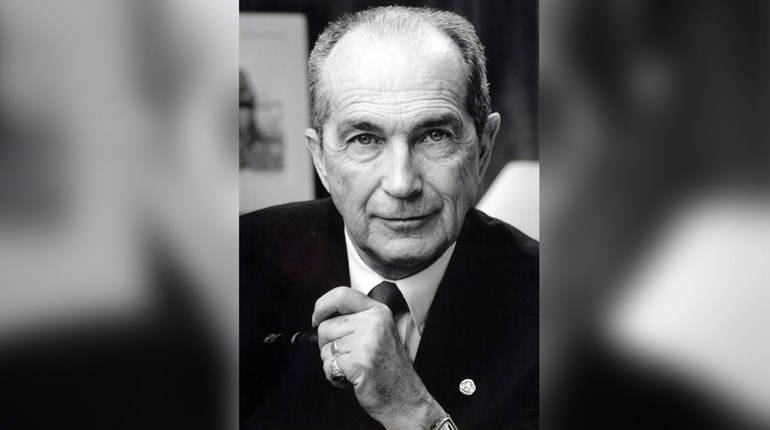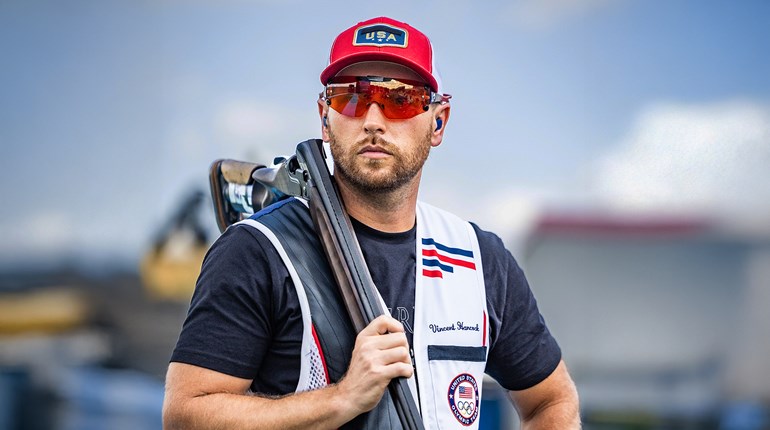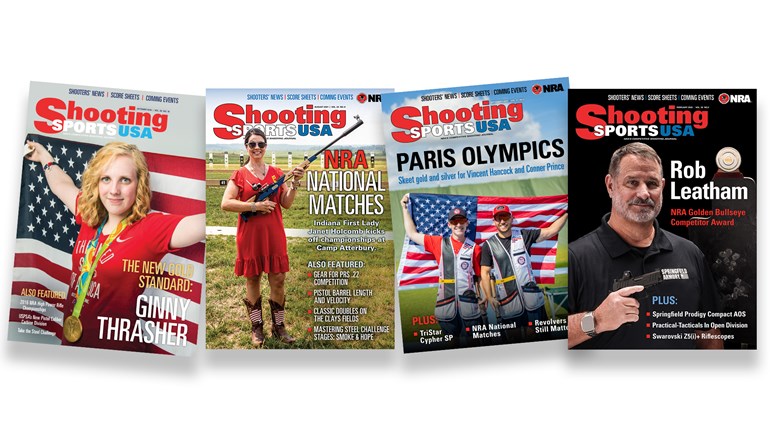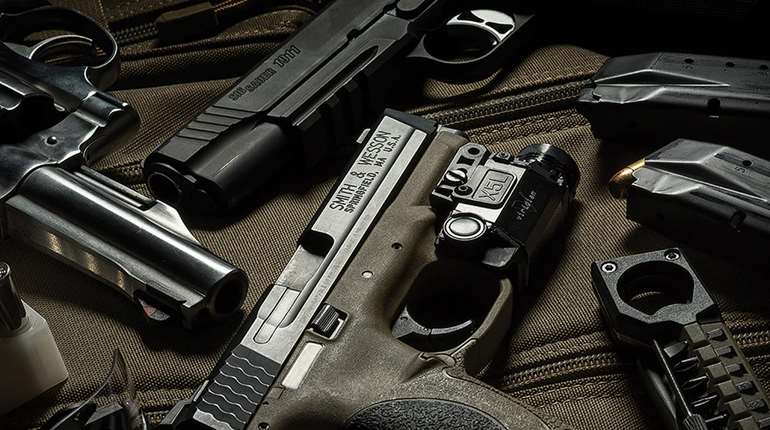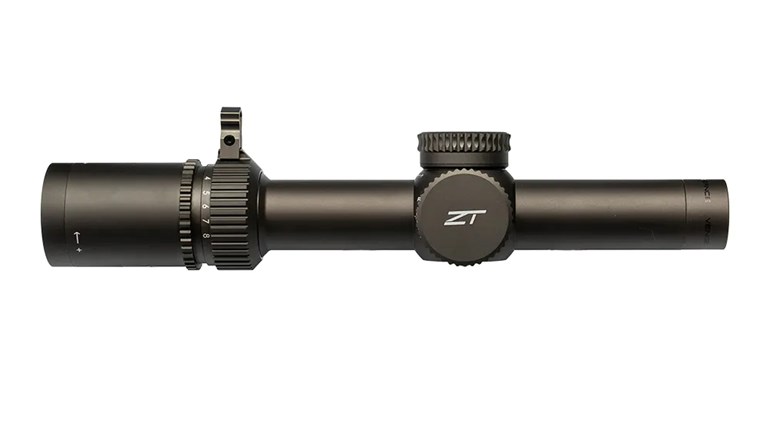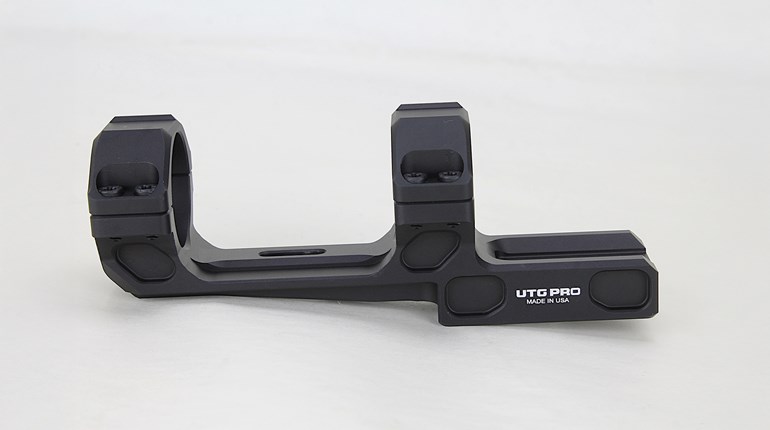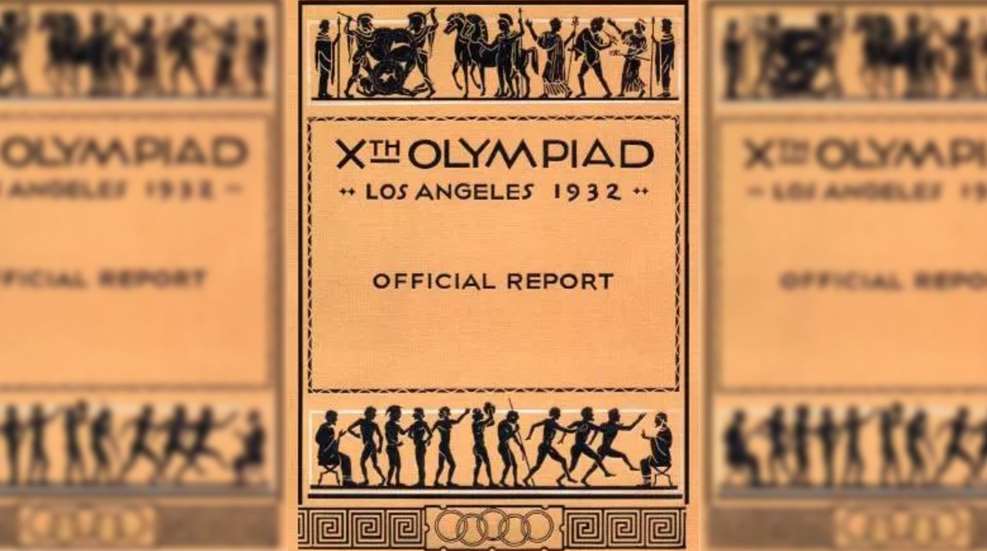
The below is an excerpt from the 1978 book, Olympic Shooting, written by Col. Jim Crossman and published by the NRA. Read Part 1.
1932—Los Angeles: On U.S. Soil, But Problems Develop (Part 2)
By Colonel Jim Crossman
The rifle match consisted of 30 shots with the .22-caliber rimfire rifle, fired slow-fire in the prone position. Telescope sights were not allowed. The target was the rather difficult 50-meter international target, which had scoring rings according to this table (ring value, ring diameter):
- 10-ring*, 20 mm (0.787 inches)
- 9-ring*, 40 mm (1.574 inches)
- 8-ring*, 60 mm (2.361 inches)
- 7-ring*, 80 mm (3.148 inches)
- 6-ring, 100 mm (3.936 inches)
- 5-ring, 120 mm (4.723 inches)
- 4-ring, 140 mm (5.510 inches)
*The 7-, 8-, 9-and 10-rings are black to make an aiming mark.
Highest possible score for the event was 300, but anyone who could keep all his shots in that 1½ inch 9-ring, with most of them in the quarter-size 10, was shooting well. In the tryouts, there were many more scores below 290 than above 290.
This shooting was familiar to the American smallbore rifle shooter. He shot almost entirely prone at 50 and 100 yards on an easier target, as well as at 50 meters on the international target. While the foreign shooter used a very light trigger, or even a set-trigger, the American shooter needed a 3-pound trigger to be within the rules. The American was used to shooting this sort of match (except for a few details) and if it had been possible to select from experienced (amateur!) shooters, the U.S. undoubtedly would have done much better.
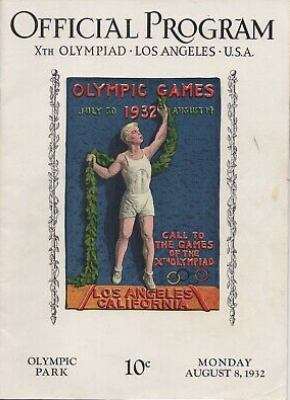
The pistol event was something else. It was the "fire of defense" in which the competitor fired one shot each at six silhouettes in a limited time. The silhouette targets each roughly represented a standing man, and were spaced about 30 inches apart, center to center. The targets turned on vertical axes and all turned at the same time.
The shooter stood at 25 meters (27 yards) from the target with his gun pointed down at a 45-degree angle and the targets edged towards him. After he called for the targets, they all turned to face him, whereupon he raised his pistol to shooting position, fired a shot at the first silhouette, swung his shooting arm over to the next target and fired a shot, moved to the next, and so on, until he had fired six shots—or run out of time. The shooter was allowed eight seconds for the string of six shots and this was repeated three times for a total of 18 shots. No great accuracy was called for, as the only score was a hit or a miss. It was only necessary to hit the target anywhere to have it count.
If there were tie scores at the end of the 18 shots, a single six-shot string was fired in six seconds. Those still tied after this stage then fired a single six-shot string in a time limit of four seconds. Survivors of this stage then went to a three-second time limit and finally all those left fought it out to the finish at repeated two-second intervals.
This course-of-fire put the great emphasis on speed, but very little on accuracy, at least by American standards. U.S. courses-of-fire included some quick firing, but called for accuracy as well. The American rapid-fire stage called for five shots fired in 10 seconds at a single target. This was ample time to squeeze off a good shot, but not time to spare. The technique for the American course was quite different than that needed for the Olympic match.
A match which had been (and still is) popular in international pistol shooting—the free pistol event—was shooting as different from the "fire of defense" as could be imagined. The free pistol called for extreme precision with almost limitless time.
The 1932 Olympic "fire of defense" pistol match was similar to the event fired in the 1924 Games in France, except for a reduction in the time limits. The 1924 match was fired within a 10-second time limit, and tie scores were shot off by repeated strings in an eight-second time limit. Generally speaking, the American shooter did not take enthusiastically to either course-of-fire, and there were few ranges with the proper target mechanism for it.
The year 1932 was not one of the best. In fact, it was deep Depression and terrible financially. It was felt impractical to hold shoulder-to-shoulder tryouts for either the rifle or the pistol team, as had been done in the past. Instead, rifle and pistol tryouts were held throughout the country in May and June, and scores were reported to the home office.
The early announcements said that the U.S. Olympic Committee would bear the expenses of the shooting squad, but the U.S. Revolver Association Bulletin for June issued a doleful call for help. It pointed out that the Olympic Finance Committee was having trouble raising money (not surprising!) and had notified some sport governing bodies that it might be necessary to cut back on the number of competitors or cancel the event. The story urged pistol shooters to put some money in the Olympic pot earmarked for the pistol team.
As it turned out, the Olympic Committee should have encouraged bigger and better shooting events, since it made money from them. The record shows that the pistol team cost the magnificent total of $145.30 for clothing, entry fees, transportation, housing and board. Against this was collected $112 marked for the team, so the handgunners cost only $33. But the rifle squad of three officials and three competitors cost the Committee a total of $31.76, against which they collected over $203 earmarked for the rifle team, giving a net profit of $172.
At this rate, the Committee would have been rich if they had included more shooting events. But I am not sure the NRA could have stood it, as the rifle association paid the bulk of the team expenses—amounting to nearly $900.
After the pistol tryout scores were reported, the Olympic Pistol Committee, headed by Olympic gold-medalist Karl Frederick, picked six shooters for further intensive shooting under the toughest possible conditions before making the decision on the final three. Five of them were from the Southern California area: L.K. Roberts, L. McCauley, Cecil Russell, W.B. Morgan and Detective Lieutenant Thomas Carr. The sixth man, Dr. E.E. Tippins, was from Wichita, Kan. After additional shooting and careful study by the Pistol Committee, Carr, Roberts and Tippins were selected to represent the United States.
Read Part 3 of our inside look at the Los Angeles 1932 Olympics. Be sure to subscribe to the free Insider newsletter for the latest updates.
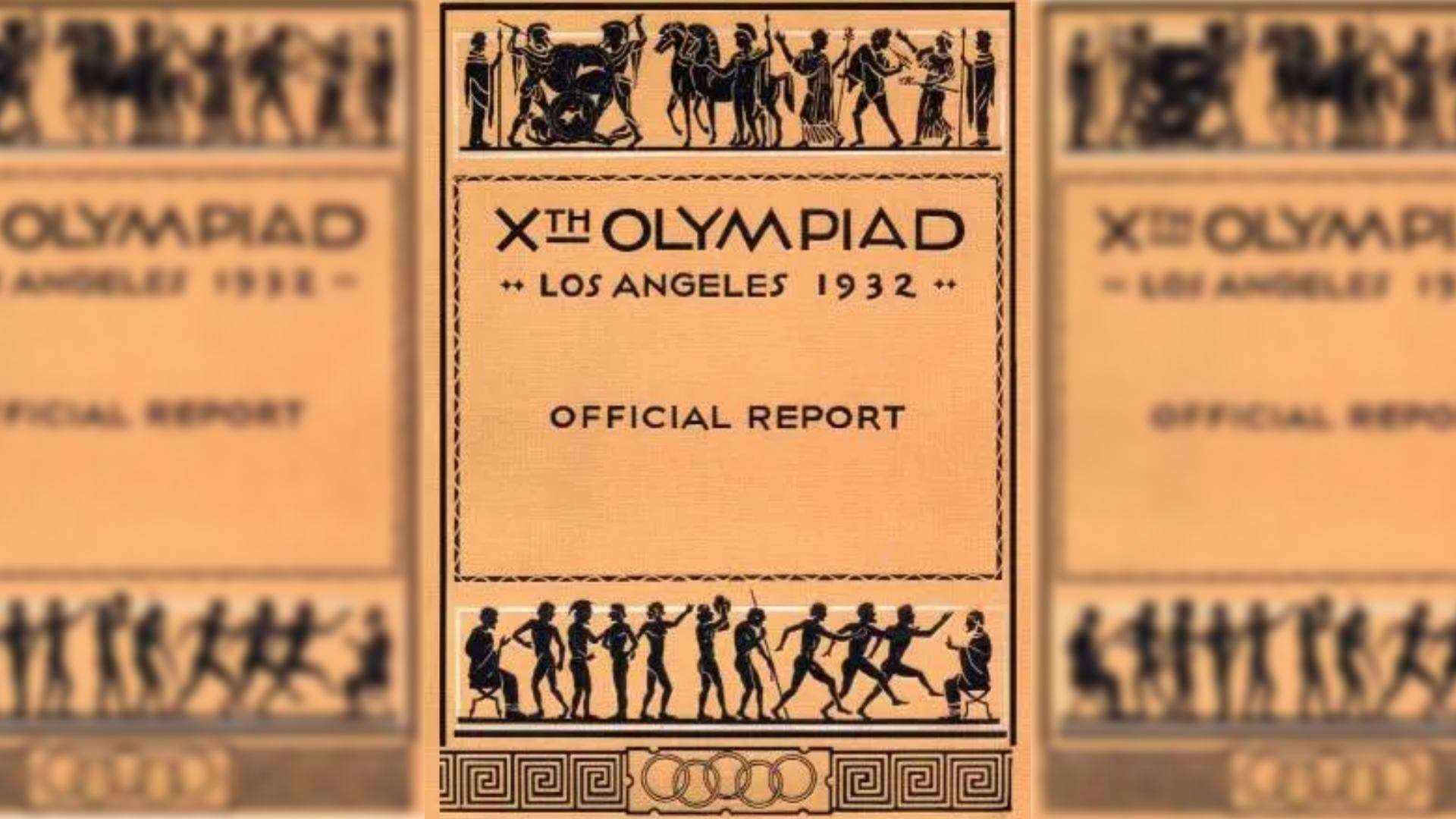
Lead photo: The cover of the official report of the Los Angeles 1932 Olympic Games.
Read more: Amsterdam 1928 Olympics: Another Games Without Shooting Events













